Gangtok, the capital city of Sikkim, is a popular tourist destination located at an altitude of 5,410 feet in northeastern India. Surrounded by Nepal, Bhutan, and China, it is known for its scenic landscapes, peaceful atmosphere, and rich cultural heritage. The city offers stunning views of the surrounding mountains, including Kanchenjunga, the third-highest peak in the world. Gangtok is famous for its monasteries and stupas, scattered throughout the city and nearby areas. Visitors can also enjoy a delightful blend of Sikkimese, Nepali, and Tibetan cuisine.

HOW TO REACH GANGTOK, SIKKIM
Siliguri to Gangtok Distance 112 Km, Travel Time approx 5 hrs.
Gangtok cannot be accessed directly by train or flight; it is only reachable by road. To reach Gangtok, you can choose from the following alternatives.
By Flight: The closest airport to Gangtok is Pakyong Airport, which is approximately 31 kilometres away from the city. This airport serves as the sole commercial airport in Sikkim, providing limited flights primarily due to its geographical location and the challenging weather conditions that can often disrupt services. In cases of inclement weather, flights may be redirected to Bagdogra Airport in Siliguri, West Bengal, which is around 120 kilometres from Gangtok. Bagdogra is one of the busiest airports in East India, offering a wider range of domestic flight options, making it a common alternative for travellers heading to Sikkim.
By Road: To reach Gangtok by road, you first need to travel to Siliguri, which is well-connected by direct bus services from major cities like Kolkata and Patna, as well as various other regions within West Bengal. The journey from Siliguri to Gangtok typically takes about 5 hours, featuring scenic views of the mountainous terrain and lush landscapes, making it an enjoyable ride for many travellers.
By Rail: The nearest railway station serving Sikkim is New Jalpaiguri (NJP) near Siliguri. NJP is a significant railway hub with trains arriving from numerous locations across India. Once you arrive at New Jalpaiguri or Siliguri, you can hire a taxi or take a shared vehicle for the approximately 5-hour drive to Gangtok, further immersing yourself in the region’s beauty as you ascend into the hills.

DOCUMENTS REQUIRED FOR TOURISTS IN SIKKIM
As Sikkim is adjacent to international borders with China, Bhutan, and Nepal, a photo ID is required for entry. If you are planning to visit North Sikkim or Nathula, carry a voter ID card as identity proof along with a few passport-sized photos.
DRIVING FROM SILIGURI TO GANGTOK
Siliguri is the second largest town in Bengal after Kolkata. From Siliguri, cars generally take the Sevok Road, as it is the most convenient route to Sikkim. The total travel time is typically between 4.5 and 5 hours, although it may take longer depending on road conditions and breaks taken during the journey.
After 40 minutes, you will reach Mahananda Wildlife Sanctuary, leaving behind the busy city roads. The view here is stunning, with lush jungle on both sides and the road winding through the middle. After driving for another 20 minutes, you will cross the Sivok Rail crossing, marking your entry into the hills and leaving the plains behind. From this point on, the roads are not straight; they twist and turn like a snake, going left and right as they ascend and descend.
From here, you will begin to see the River Teesta on your right, and it will continue by your side like a travel companion, making the ride more enjoyable and beautiful. At many turns, you will see the landscape changing, and you will witness the beauty of nature and mountains. While traveling, you see small residential settlements in the or hamlets, such as Sivok, Kalijhora, Rambi Bazaar, Teesta Bazar, Rangpo, and Singtam
After approximately 2.5 hours, you will reach the Teesta Bazaar bridge, where you will cross the River Teesta. This marks your transition from the Darjeeling district into the Kalimpong district. After crossing the Teesta bridge, the river will be on your left side. A few minutes after crossing, you will notice a road to your right that leads upwards to Kalimpong, while the straight road continues toward Sikkim. This intersection is known as Chitre More.
After driving for a while, you will come to Rangpo, a small hill town located at the Sikkim-Bengal border. Here, you will need to show your ID card to enter Sikkim. Once you cross the Rangpo Bridge, you will officially be in Sikkim.
From Rangpo, Gangtok is just 38 km, and Singtam is 11 km. Singtam is another small hill town before Gangtok, and from here the Teesta River changes its direction towards North Sikkim. You will not see the Teesta after Singtam. The next town before Gangtok is Ranipool, just 10 km before the capital city of Sikkim, If roads are clear and traffic is low, it will take around 30 minutes to reach Gangtok.

WHAT TO SEE IN SIKKIM / SIKKIM TOURIST PLACES
Sikkim offers a variety of tourist destinations across its different regions. Gangtok, located in East Sikkim, is the most popular tourist spot in the state, featuring numerous local sightseeing attractions. North Sikkim is renowned for its natural beauty and pristine hills. In West Sikkim, Pelling is a highly visited location, known for its stunning landscapes. Meanwhile, South Sikkim is predominantly characterized by religious sites. Given the diversity of attractions, it is not feasible to cover all the places in just two to three days; a trip of 8 to 10 days is recommended to explore most of Sikkim.

LOCAL TOURIST PLACES NEAR GANGTOK
M.G. MARG: MG Marg is a street in the heart of Gangtok, one of the city’s most popular and iconic places. This area is always crowded with locals and tourists, especially in the evening The street is neat and clean, lined with flowerbeds, greenery, and well-maintained spaces. It boasts numerous stores for shopping, restaurants and cafes, street food vendors, and more. MG Marg is also a social hub where many local events occur, allowing people to enjoy music, dance, and other traditional activities. Additionally, this area is a vehicle-free zone, providing tourists with a peaceful environment for leisurely walks.



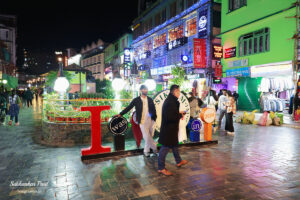
RUMTEK MONASTERY: This place is located 24 km from Gangtok. The 16th Gyalwang Karmapa Rangjung Rigpe Dorje, a prominent leader of the Kagyu sect of Tibetan Buddhism, established the Dharma Chakra Center in 1960. It serves as the International Headquarters of the Karma Kagyu sect of Mahayana Buddhism, which has over 300 branches worldwide. The monastery is designed in accordance with traditional Tibetan architecture and is a replica of the Tsurphu Monastery in Tibet.
BANJAKRI FALLS: This well-maintained park features a beautiful waterfall. It is named after Banjhakri, a Tantrik who cured various diseases of villagers using natural medicines and rituals. You will also find some cafes and souvenir shops in the area.

RANKA MONASTERY: Ranka Monastery is a significant Tibetan Buddhist monastery located 10 kilometres from Gangtok. Belonging to the Nyingma sect, it is perched on a hilltop, providing scenic views of the surrounding landscape. The monastery showcases traditional Tibetan architecture, with vibrant prayer halls, large stupas, and intricate murals.
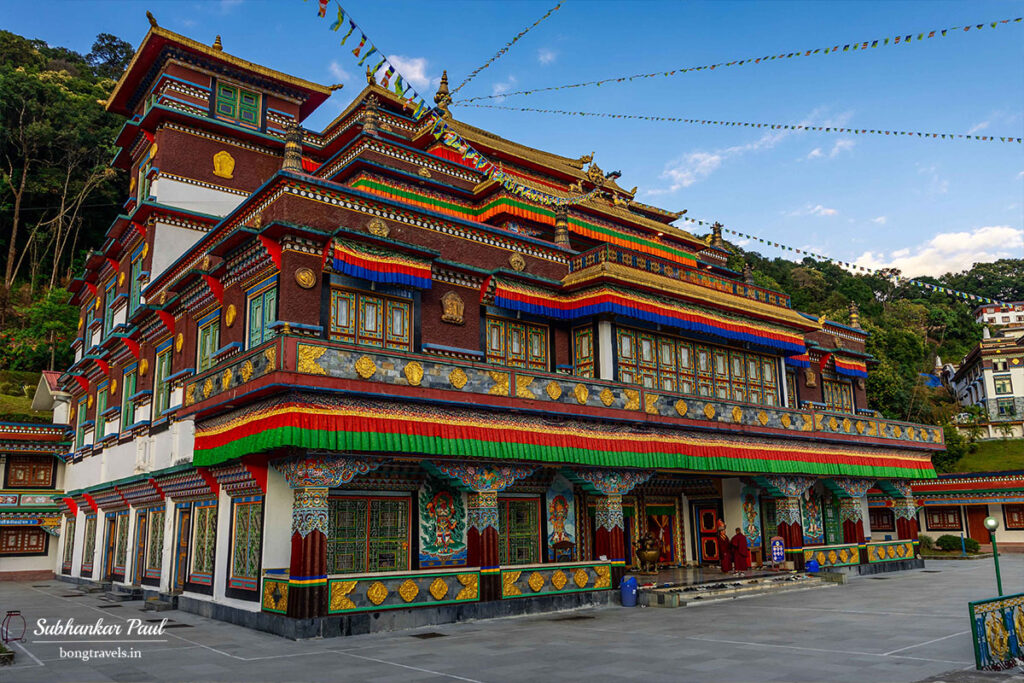



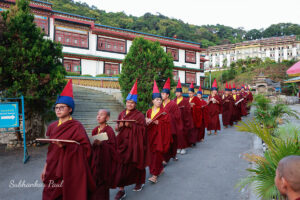
ENCHEY MONASTERY: One of the oldest and most sacred monasteries in Sikkim, the site of Enchey Gonpa was blessed by Lama Drupthob Karpo. The monastery was later built to its present structure by the th Chogyal, the King of Sikkim Sidong Namgy, the year 1908.
LHASA FALLS: Located 8 Km from Gangtok, surrounded by forest and in between a beautiful waterfall, where you can spend some quality time.
GANESH TOK: This temple, dedicated to Lord Ganesh—commonly referred to as Ganapatibappa—is located about 7 kilometres from Gangtok. Positioned at an elevation of approximately 6,500 feet above sea level, this popular viewpoint and religious site offers visitors breathtaking panoramic views of the surrounding mountains, valleys, and the city of Gangtok.
HANUMAN TOK: This is the temple of Lord Hanumanji, a popular religious and tourist spot located about 11 kilometers from the center of Gangtok, along the road leading to Tsomgo Lake and Nathu La Pass.
GANGTOK ZOO: Just opposite Ganesh Tok is the Himalayan Zoological Park where you can see some indenjerous species like the Red Panda, other animals that can be seen are the Himalayan Black Bear, Himalayan Wolf, Mountain Lepord and others.
FLOWER EXHIBITION CENTER: Here, you can see various varieties of hill flowers, different kinds of Orchids, and many other rare plants that can only be seen in the hills. Just like this place, there is Plant Conservation Center, another place where you can see different mountain plants and flowers. Also, there is a waterfall at the plant conservation center.
TASHI VIEWPOINT: It is approximately a 30-minute drive from Gangtok to the viewpoint, which offers views of the-capped peaks of Kanchenunga and other Himalayan ranges. There is a cafe where visitors can spend some time enjoying drinks while taking in the view.
GONGJANG MONASTERY: The monastery is approximately 8 km from MG Marg and is constructed in the traditional Tibetan Buddhist style. Surrounded by lush greenery and offering beautiful views of the surroundings, this location also serves as an institute for Tibetan Buddhist studies and practice.
BAKTHANG WATERFALL: This waterfall is located on the way to Taashi Viewpoint and is surrounded by lush green trees. Visitors can enjoy zip-lining and take photographs wearing Sikkim outfits.
GANGTOK ROPEWAY: One of the best tourist spots in Gangtok, this ropeway runs from Namnang Road Deorali and back, offering an amazing view of Deorali from the top
NAMNANG VIEWPOINT: This location, adjacent to the Ropeway station, provides a stunning view of Deorali and its surrounding areas the top, along with the mountains if the weather is clear.
NAMGYAL INSTITUTE OF TIBETOLOGY: This museum, within walking distance from Deorali, was founded by Chogyal Tashi Namgyal, the king of Sikkim, in 1958. If you are interested in learning about Tibetan Buddhism and culture, this museum should be on your list. It offers extensive information and artefacts, including ancient manuscripts, Tibetan paintings, Buddhist statues, ceremonial objects, and other items related to Tibetan culture and religion.
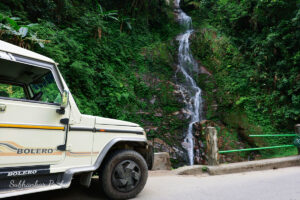


DAY TOUR FROM GANGTOK
For a day tour from Gangtok, you can plan a visit to Nathula Pass, which marks the Indo-China border. This trip can also include Changu Lake (Tsongmo Lake) and the Baba Harbhajan Singh Mandir. You will have the opportunity to enjoy the beautiful hills of Nathang Valley, as well as Kupup Lake and Elephant Lake. To visit these places, you will need to obtain a permit from the Sikkim police and other authorities. The permit can be arranged through any tour operator in Sikkim or done online. You’ll need to provide two passport-sized photos and a Voter ID card.

TSONGMO LAKE (Changu Lake): This glacial lake is located 41 km from Gangtok city in East Sikkim, at an elevation of 12,313 feet. Surrounded by mountains, it offers one of the most spectacular landscapes in Sikkim. You can spend hours admiring the beautiful lake and engaging in activities such as Yak rides and a ropeway experience. The ropeway ride takes you further uphill, providing a stunning view of the entire lake below.




NATHULA PASS: This mountain pass is located 59 km from Gangtok, at the Indo-China border in East Sikkim, and sits at an elevation of 14140 feet. Before China annexed Tibet in 1950, this area served as the India-Tibet border. Upon reaching this location, you will be surrounded by the Dongkya Range of the Himalayas, featuring various red and white structures and bunkers. A few years ago, trade between India and China took place here, with Chinese trucks arriving for business, but this has since ceased due to ongoing border issues with China. The mountains in this area are mostly dry, with minimal greenery, and the climate can be quite cold. Many tourists experience breathing difficulties because of the high altitude and lower oxygen levels. As you approach, you’ll need to walk uphill using stairs, and upon arrival, you will see the border line along with structures and bunkers from both countries.


OLD BABA MANDIR (Baba Harbhajan Singh Temple): Between the Nathula and Jelepla passes lies the Baba Harbhajan Singh Memorial, this is a bunkar where he lived during his service in Indian Army. This location is approximately 17 km from Nathula Pass. To reach it, you can take the road leading to Kupup Valley and continue to Tukla. From Tukla, a bifurcated road leads to the Old Baba Mandir. Harbhajan Singh was an army officer who, in 1968, tragically died while patrolling the hills due to an accident. His body was not found at that time, and he mysteriously disappeared. After a few days, soldiers in his unit began having dreams about where his body could be located. This occurred repeatedly with different soldiers, and they decided to search in the area indicated by the dreams. Remarkably, they discovered his body there. It is still believed today that his spirit watches over the Indo-China border, alerting soldiers in emergencies. For the convenience of tourists, a new Baba Mandir has been built just 8 km from Nathula. While travelling from Nathula to the Old Baba Mandir, visitors can enjoy the stunning views of Elephant Lake, Kupup Lake, Tukla Valley, Hangu Lake, and other beautiful landscapes.

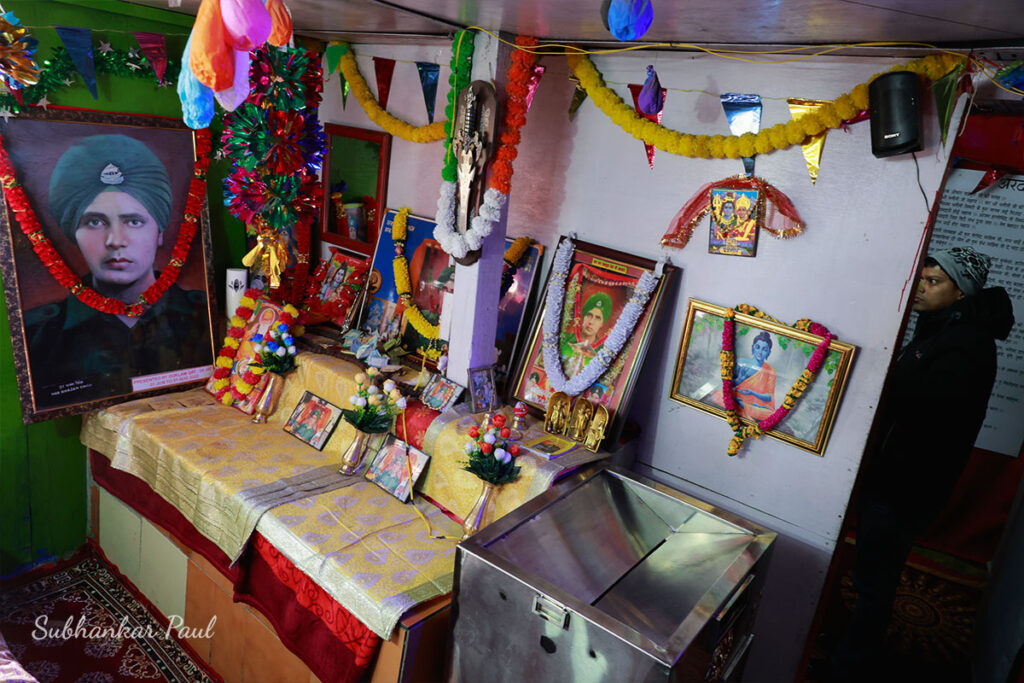


Sikkim Tour Plan 4 Days 3 Nights



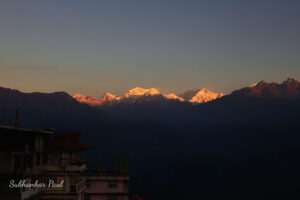



















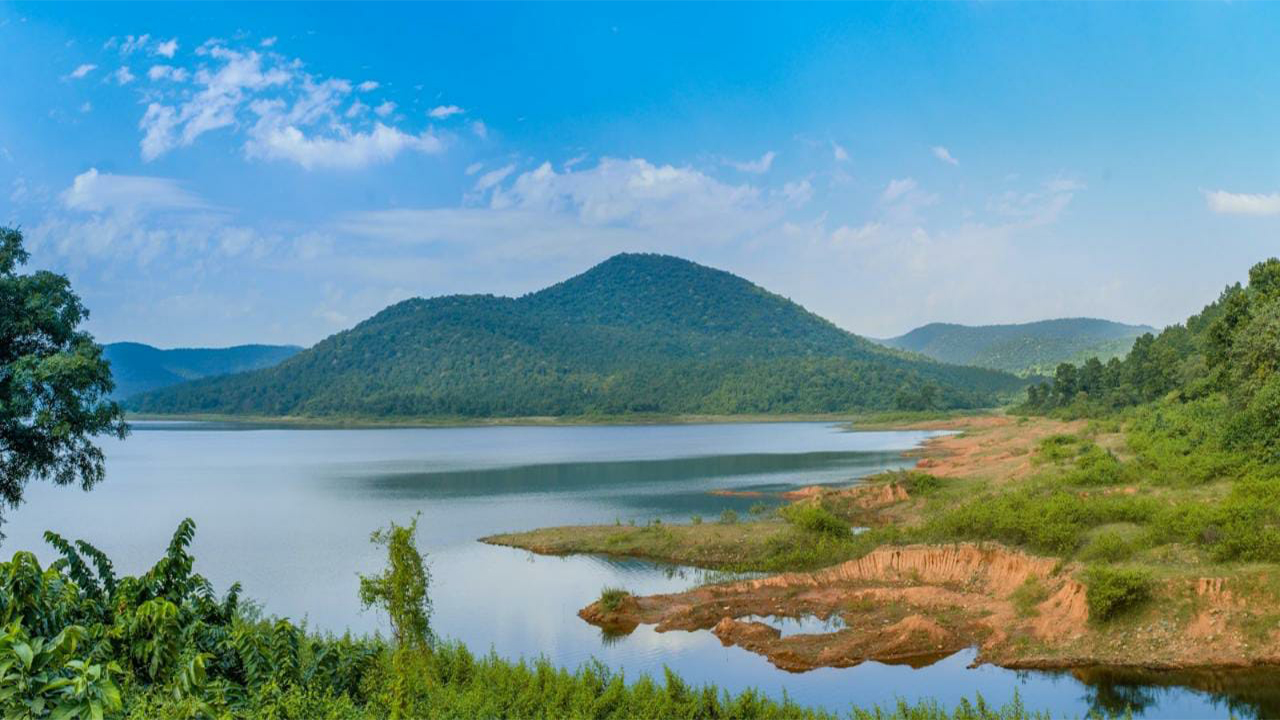
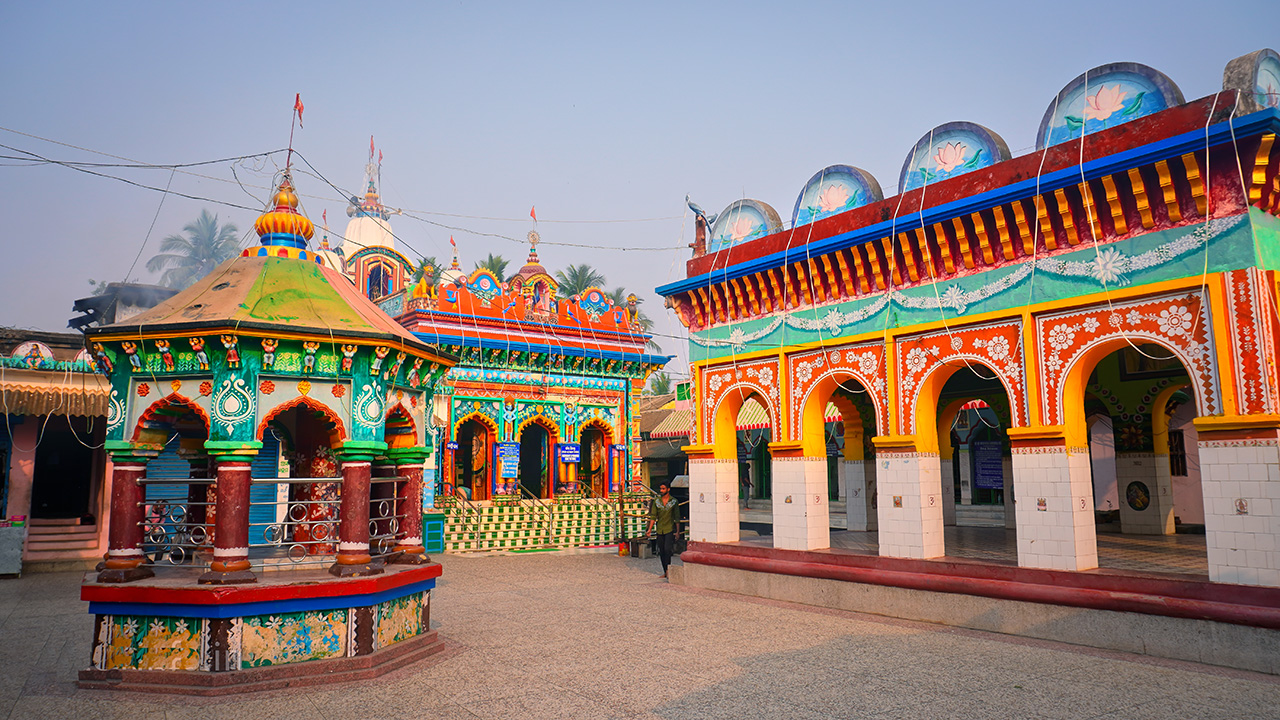
Khub sundor hoyeche
Post, Darun place khub valo ,❤️
Nice picture,& beautiful place
Nice 👍🏽 keep it up!